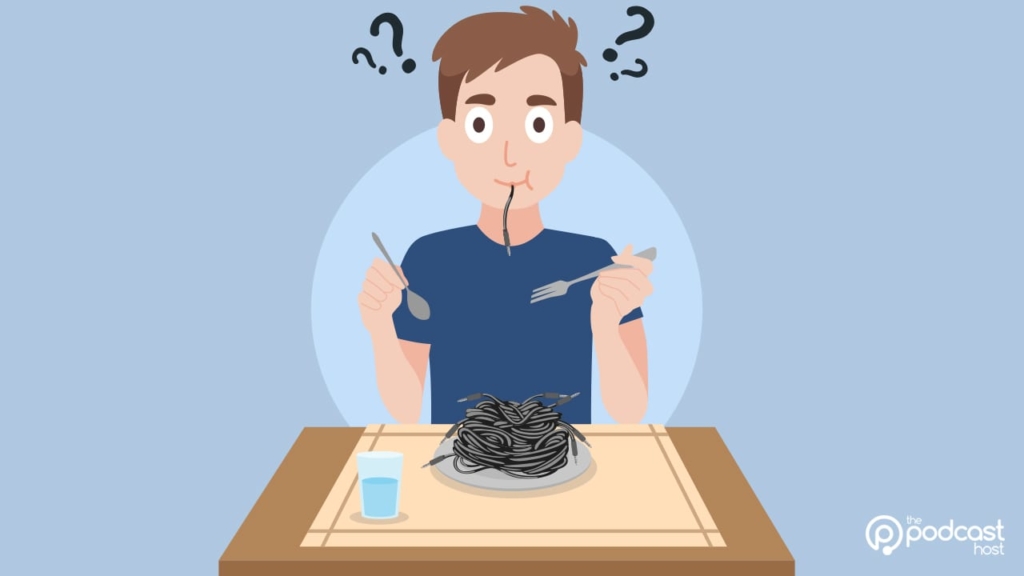Is Cable Crossing a Bad Thing in Audio Recording?
When beginning in audio, you’re often told that audio cable crossing is a bad thing, and to avoid crossing power cables with audio cables. It’s often said, “On the Care and Feeding of Cables: Don’t Cross the Streams.” So let’s dispel some myths, and talk about best practices to keep those cables from humming.

Don’t Cross Audio Cables
This is a myth. Crossing audio cables will not cause any undue electrical or magnetic interference. The only potential problem in crossing audio cables is the mess when those suckers get wound around each other via whatever strange force causes instant cable entanglement.
Check out our guide to studio cable management if you’re looking to keep things a little tidier. You might also be interested in our best wireless mics roundup, if you’d rather cut the cords completely.
Crossing Power Cables With Audio Cables
This one is not a myth, but it’s also not as big of a deal as long as you use balanced cables. For the most part, this bit of advice applies more to stagehands and musicians who use unbalanced (TS) instrument cables to plug into amplifiers.
Balanced cables, because of the way they are designed, will reject most non-signal noise. They do so by inverting the phase of the signal in one of the lines. They will then electronically isolate any signal that moves along the ground shield by removing any signal that does not travel via both phases.
Because unbalanced cables lack a second phase, any interference travelling along the only live phase are introduced into the system with no way to compensate for it. When power cables cross an unbalanced cable, the power inside the power cable acts as an electromagnet, and creates interference along any adjoining or parallel cables.
For this reason, it is best practice to run power cables separately from unbalanced audio cables. If you must cross cables, doing so at a 90 degree (right) angle reduces the amount of cable crossing each other and reduce the chances and the amount of electromagnetic interference.
Good Cable Practices
In most studio situations, cables are typically laid out in as short a run as possible between the microphone and the jack. Because the cables are typically short and balanced, interference problems are not as likely to occur as they would in live stage applications.
In the home studio, ensuring balanced cables shorter than 10 feet are used will eliminate most interference. If you must cross an audio cable over a power cable, ensure the two cables are at a 90-degree angle to one another to prevent magnetic and RF interference.
Key Takeaways & Resources
Here’s a quick reference on cable crossing:
Audio cables crossing audio cables = No interference
Balanced audio cables crossing power cables = Little to no interference
Unbalanced audio cables crossing power lines = Potential interference, typically a 60Hz (50Hz, UK and EU) hum.
Solution: Run power cables away from unbalanced audio cables. If necessary, cross cables at a 90-degree angle.
We also have a handy guide to audio cables that breaks down all the jargon, from balanced and unbalanced, to XLR, USB, and RCA.
If you’re drowning in cables, you might fancy embarking on a studio cable management project. Or, you might opt for a wireless setup to remove the problem altogether.
Still need a hand with your audio gear? Or, with any other aspect of podcasting, for that matter? Join us in Podcraft Academy for weekly live Q&A sessions, extensive video tutorials, downloadable resources, checklists, and templates!

